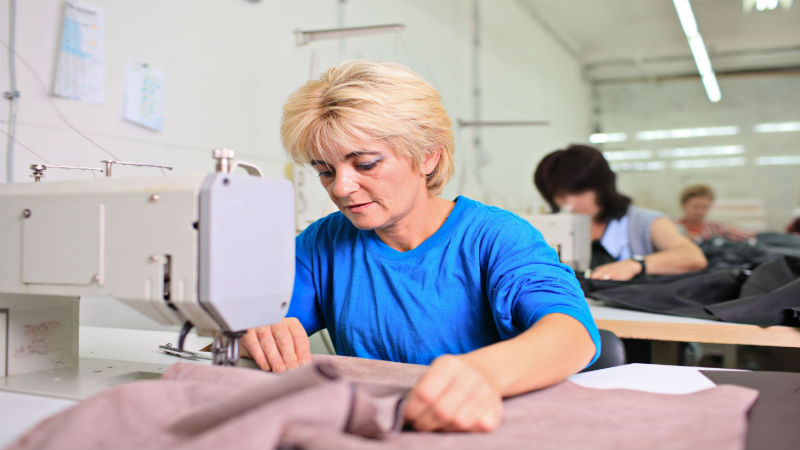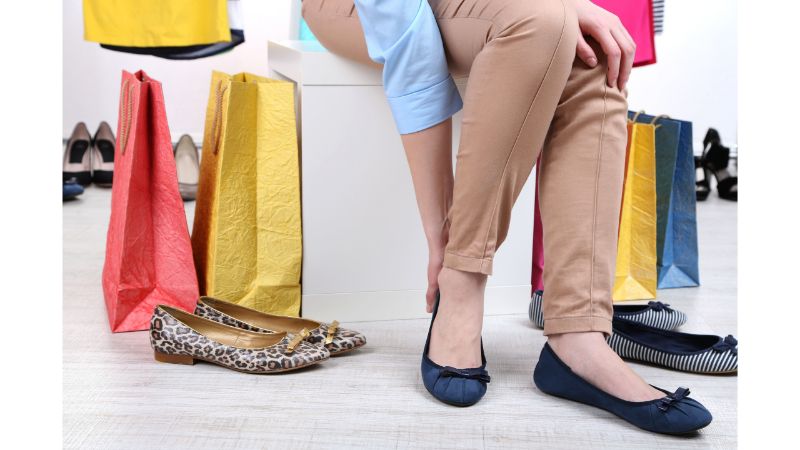Everyone understands that protective suits are a necessity in certain industries. They can protect clothing, keep out chemicals, and reduce the risk of burns from fire or electricity. However, employers and employees rarely think about the seams that hold the suit together. However, if the suit is to reduce exposure to chemicals, seams are crucial. There are a variety of constructions that will provide different degrees of protection.
Heat-Sealed
A heat-sealed seam is the best possible seam you could have. It is sewn together and then sealed hermetically with thermally-welded tape. However, it costs the most and should only be used when working with high-concentration chemicals. They are the best choice for Level B or A chemical clothing needs.
Ultrasonic
Ultrasonic seams give the second best protection and doesn’t have any threads or holes. It is primarily used in the medical field and sometimes in the industrial industries and can be made liquid-proof and will provide a higher splash exposure protection.
Bound
The bound seam is part of the serged seam family and uses folded-over materials that are sewn onto the edge for more protection against dry particles and liquids. It uses a chain stitch through every layer to provide a sharp edge.
Serged
The serged seam is one of the most popular seam for protective suits when you’re dealing primarily with low-level exposure. It will not work for skin-toxic or skin-absorbable chemicals, however. It works by joining two pieces of cloth or materials together with an interlocking thread stitch. It works well on clothing that will see a lot of non-toxic dirt, residual contamination, dust or dry particles
Protective suits must use the correct seam finish, and it can be helpful to understand the various seams available. Visit MPE at visit website to learn more about the different clothing options available to you. Follow us on facebook.

